The Swedish Childhood Cancer Fund’s impact report serves as a scorecard for how we run and evaluate our operations. We work with concrete, measurable impact goals, structured according to priority problem areas that we want and need to address. Together, they contribute to a single whole that will help us to eradicate childhood cancer.
In the 2018 review of the Swedish Childhood Cancer Fund, we list several of the central issues in our impact report. The following sections will give you a deeper understanding of who we are and what we want to achieve, how we organise our work and how we strategically prioritise our initiatives in the framework of our missions. You can also read more about the capacity and knowledge we use to make a difference.
Thus, this impact report focuses on how we measure and follow up the progress made in our operations, and what we have achieved so far. For us, and for many other organisations that combat complex diseases, it is a challenge to address anything other than our vision – to eradicate childhood cancer. At the same time, we at the Swedish Childhood Cancer Fund strive to ensure that each individual initiative along the way is followed up and evaluated. We do this continuously and systematically, which is described in our review as well as this impact report.
All members of the Swedish Fundraising Council (FRII) annually publish an impact report in which the organisations describe the path they are following to achieve their objectives, i.e. the processes forming the basis of changes and how far they have come in achieving their stated goals.
The FRII has an established structure to ensure the quality of the work of fundraising organisations, which we in the Swedish Childhood Cancer Fund follow. These questions form the basis of how we measure and follow up our impact and performance.
- What the Swedish Childhood Cancer Fund wants to achieve
- The organisational context we are active in
- The strategies we use to achieve our goals
- The capacity and knowledge we have to achieve our goals
- How we at the Swedish Childhood Cancer Fund know we are making progress
- What we have achieved so far
Read more about the FRII’s quality code for fundraising organisations.
Concrete problem areas allow us to measure impact
We pursue the fight against childhood cancer by addressing clear, concrete problems. This is an important way for the Swedish Childhood Cancer Fund to continuously steer and measure the results of our work. It is also our way of making a real difference where it is needed most. By clarifying five problem areas, we can make life easier step-by-step for children and families dealing with cancer.
The problem areas for which we actively work to find solutions cover a fairly broad spectrum. This is a strength, because it allows us to muster our forces and focus initiatives involving several parts of our organisation. At the same time, it demands follow-up and assessment, so we can confirm that our efforts are creating the necessary lasting impact.
Our five identified problem areas are:
- More research into childhood cancer is needed
- Constant skills development is needed in the paediatric oncology field
- Lack of knowledge and understanding of the patients’ and their families’ situation
- Difficulties in daily life for survivors of childhood cancer
- Lack of support for children with cancer and their families
The Swedish Childhood Cancer Fund’s impact report is structured based on how we approach and meet the challenges in each problem area. The following sections contain a description of the problem and a motivation of its urgency, our approach to best addressing the problem, and activities that have been conducted to solve the problem. They also contain links, sources and evaluation results of completed activities.
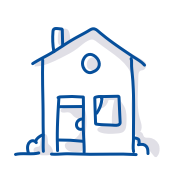
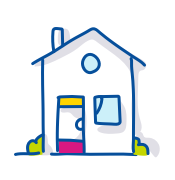 Start
Start
 2018 in brief
2018 in brief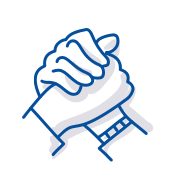
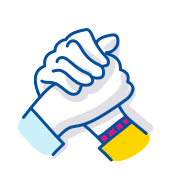 Our task
Our task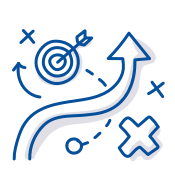
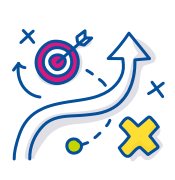 Our strategy
Our strategy
 Your donation
Your donation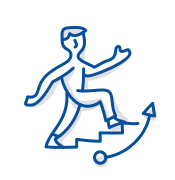
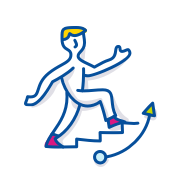 Impact report
Impact report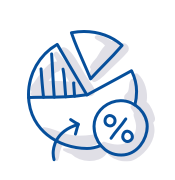
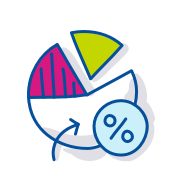 Financials
Financials